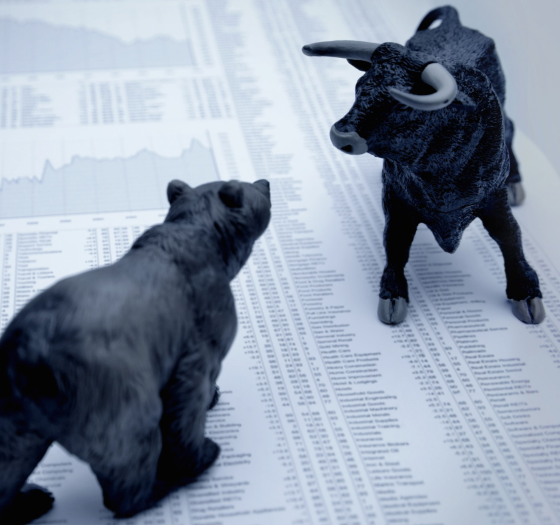Why managed futures?
We’ve created a guide to help investors navigate the unique features and benefits of managed futures.
 01
01
What is a managed futures strategy?

01
What are managed futures?
What is a quantitative "quant" investment strategy?:
02
Are managed futures a good investment?
Benefits of Managed Futures:


03
Are managed futures the same as hedge funds?
Managed Futures vs Hedge Funds:
Now available in a mutual fund format
The WaveFront Global Investment Program is now available in a daily liquid mutual fund, the WaveFront Global Diversified Investment Class (AHP 1110).
04
What strategies are used with managed futures?
Types of managed futures strategies:


05
Why invest in managed futures now?
06
Why WaveFront?
Global Diversified Program:


Subscribe to WaveFront Insights & News
Subscribe to receive latest news, insights, commentary and research from WaveFront.






